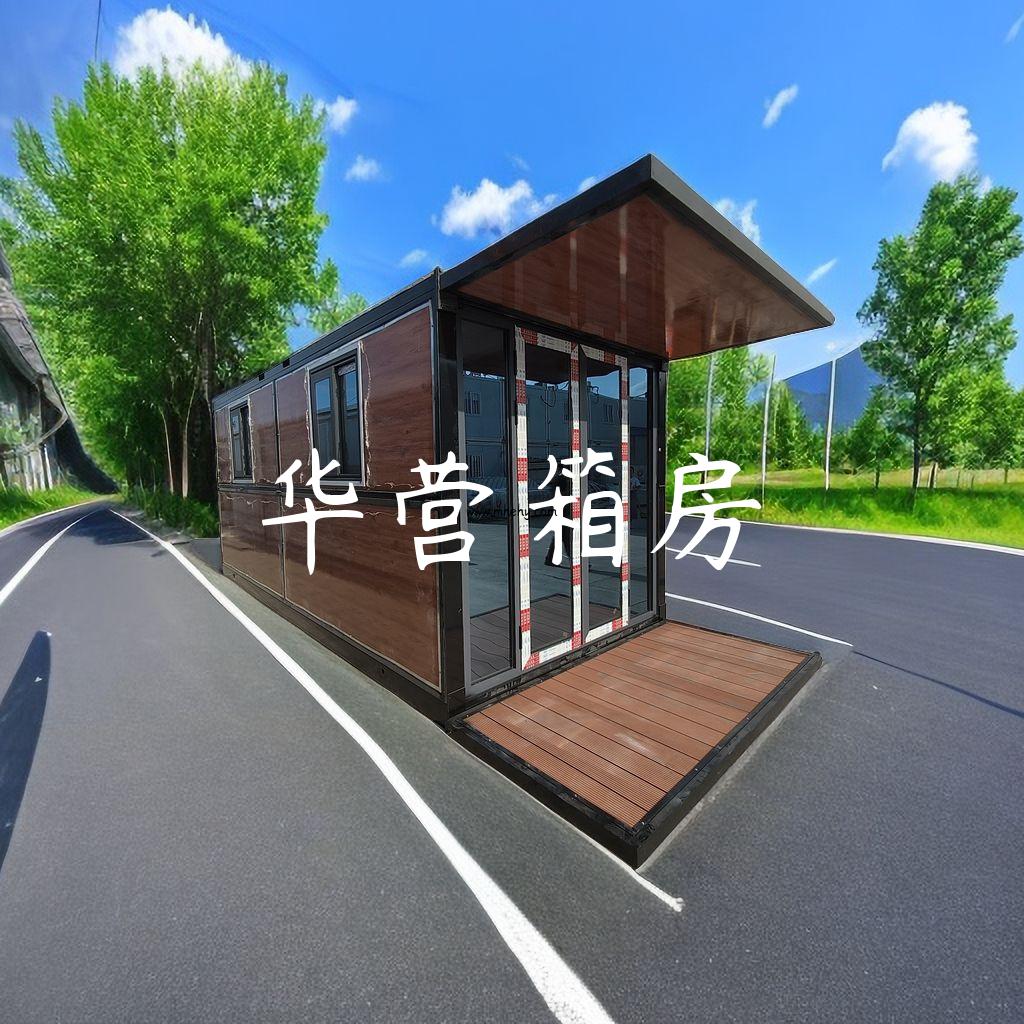Affordable and Sustainable: Exploring the Popularity of Expandable Container Houses in the USA

In recent years, there has been a surge in the popularity of expandable container houses in the United States. These innovative and sustainable homes are not only affordable but also offer a viable solution to the housing crisis. With their unique design and eco-friendly features, expandable container houses are revolutionizing the concept of sustainable living.
The cost of purchasing or renting a home in the US has been skyrocketing for decades, making it increasingly difficult for many individuals and families to find affordable housing. The high cost of construction, coupled with the limited availability of suitable land, has further exacerbated the problem. This is where expandable container houses come into play.
One of the primary reasons for the rising popularity of these container houses is their affordability. Compared to traditional construction methods, building a container house is significantly cheaper. The raw materials, including shipping containers, are readily available at a fraction of the cost of traditional building materials. Additionally, the time required for construction is significantly reduced, resulting in lower labor costs.
Moreover, expandable container houses embrace the principles of sustainability. By utilizing recycled shipping containers, these houses reduce the demand for new materials and minimize waste. These repurposed containers are durable and weather-resistant, making them ideal for constructing homes.
In addition to their affordability and sustainability, expandable container houses are also customizable, offering flexibility to homeowners. The modular design of these structures allows for easy expansion or contraction, depending on the homeowner’s needs. This adaptability makes container houses highly versatile and suitable for a variety of living arrangements, from single-family homes to multi-unit developments.
Another remarkable feature of expandable container houses is their energy efficiency. With proper insulation and ventilation, these homes can effectively maintain a comfortable indoor temperature throughout the year, reducing the need for excessive heating or cooling. Furthermore, container houses can easily incorporate solar panels, rainwater harvesting systems, and other eco-friendly technologies to further reduce their carbon footprint.
The popularity of expandable container houses is evident through various projects and communities that have embraced this trend across the US. The concept has gained recognition not only among those seeking affordable housing but also among individuals passionate about sustainable living. These homes offer an opportunity to live in a low-cost, eco-friendly dwelling while reducing one’s impact on the environment.
However, it’s important to acknowledge that expandable container houses also face some challenges. Building and zoning regulations vary across different states and municipalities, which can complicate the process for those interested in constructing container houses. Additionally, finding suitable land and dealing with utility connections can present obstacles. Nonetheless, with the growing demand and support for affordable and sustainable housing, these challenges are gradually being addressed by local authorities.
In conclusion, expandable container houses are gaining popularity in the United States as a viable solution to the housing crisis. Their affordability, sustainability, customizability, and energy efficiency make them an attractive option for individuals and families looking for an alternative to traditional housing. As more people recognize the potential of container houses, it is expected that this trend will continue to grow, providing an affordable and sustainable option for those in need of housing.













